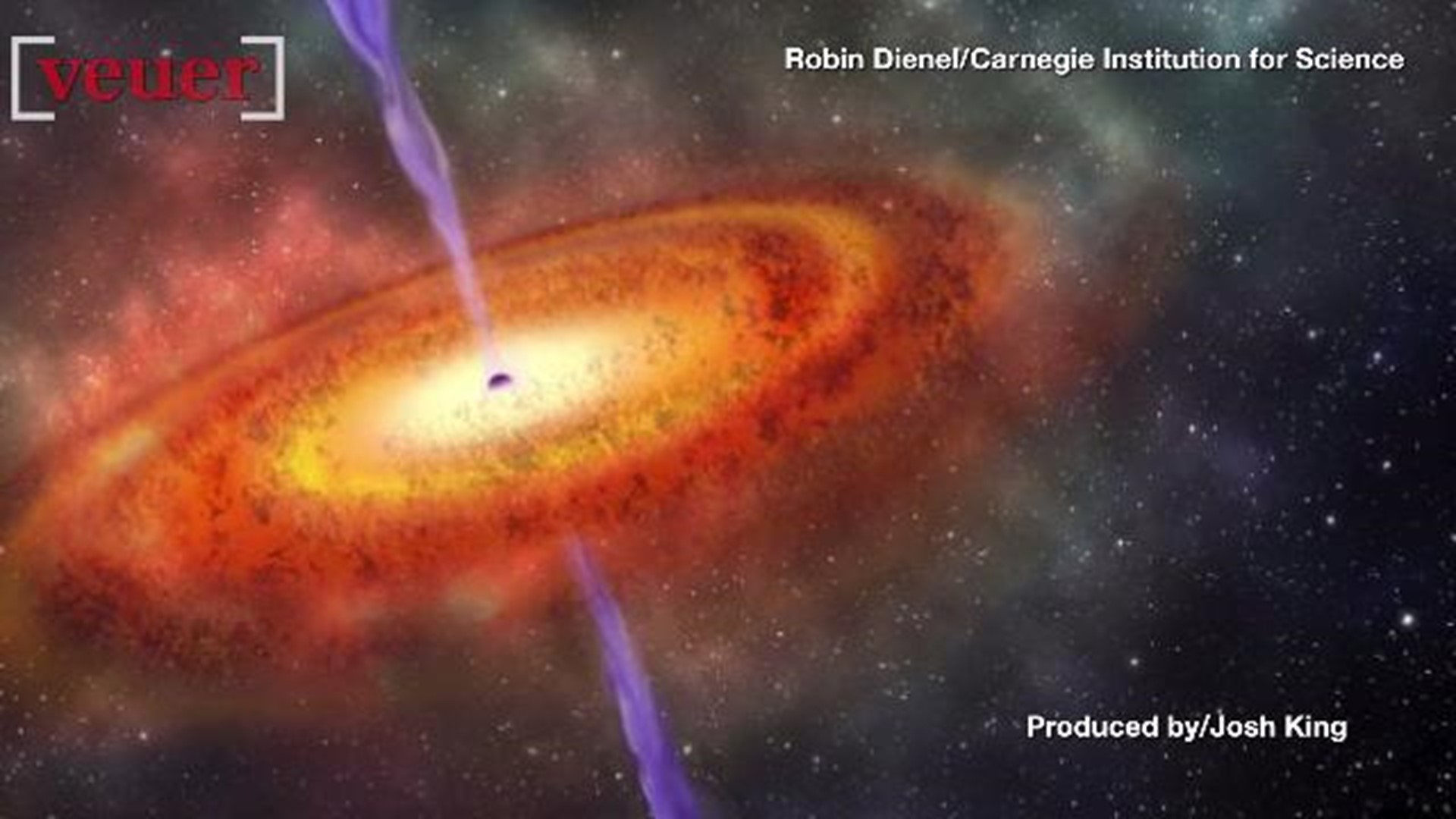
Ripperda co-authored the new study with CCA associate research scientist Alexander Philippov, Harvard University scientists Matthew Liska and Koushik Chatterjee, University of Amsterdam scientists Gibwa Musoke and Sera Markoff, Northwestern University scientist Alexander Tchekhovskoy and University College London scientist Ziri Younsi.Ī black hole, true to its name, emits no light. “This is really where we’re connecting plasma physics with astrophysics.”

“The fundamental process of reconnecting magnetic field lines near the event horizon can tap the magnetic energy of the black hole’s magnetosphere to power rapid and bright flares,” says study co-lead author Bart Ripperda, a joint postdoctoral fellow at the Flatiron Institute’s Center for Computational Astrophysics (CCA) in New York City and Princeton University. This tidying up could provide astronomers an unhindered view of the usually obscured processes happening just outside the event horizon. In this model, the disk of previously infalling material is ejected during flares, clearing the area around the event horizon. Those energetic photons make up the mysterious black hole flares. Those particles can then directly radiate away some of their kinetic energy as photons and give nearby photons an energy boost. That process ultimately uses magnetic energy to slingshot hot plasma particles at near light speed into the black hole or out into space.

The new simulations show that interactions between the magnetic field and material falling into the black hole’s maw cause the field to compress, flatten, break and reconnect. However, scientists couldn’t identify the cause of these flares beyond the suspected involvement of magnetic fields.īy employing computer simulations of unparalleled power and resolution, physicists say they’ve solved the mystery: Energy released near a black hole’s event horizon during the reconnection of magnetic field lines powers the flares, the researchers report January 14 in The Astrophysical Journal Letters.

Astronomers have spotted intense light shows shining from just outside the event horizon of supermassive black holes, including the one at our galaxy’s core.


 0 kommentar(er)
0 kommentar(er)
